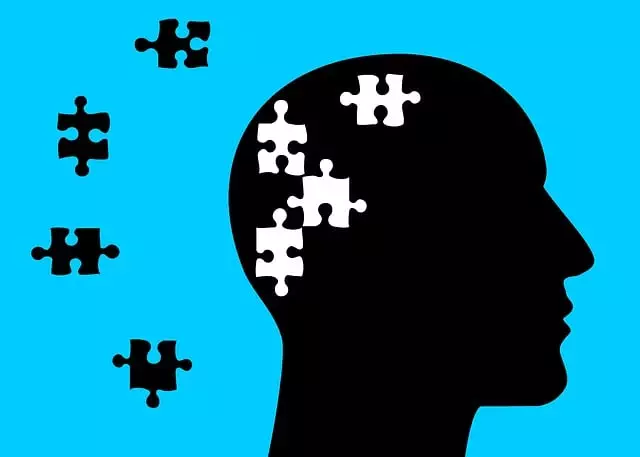Mastering Anxiety: CBT, Mindfulness, and Lifestyle Solutions from Kaiser Permanente
Anxiety, a natural stress response, becomes debilitating when persistent. Recognizing triggers and s…….
The concept of mental healthcare has evolved significantly, with a growing emphasis on accessible, comprehensive, and innovative solutions. Among the various initiatives transforming the mental health landscape, the “Golden Kaiser Permanente Mental Health Department Number” stands out as a pioneering approach. This article aims to provide an in-depth exploration of this unique program, its impact, and its role in shaping future mental healthcare practices globally. By understanding its intricacies, we can appreciate its potential to revolutionize access to quality mental health services.
The “Golden Kaiser Permanente Mental Health Department Number” (referred to as ‘Gold’ henceforth) is a comprehensive mental healthcare program designed to bridge the gap between primary care and specialized psychiatric services. It involves assigning dedicated mental health professionals to primary care settings, ensuring easy access for patients. The key components include:
The idea behind Gold emerged from the recognition that mental health issues often go undiagnosed or untreated within primary care settings due to limited resources and training. By integrating mental health services, this program aims to:
Gold is not a singular initiative but represents a growing trend worldwide to reform mental healthcare delivery. Many countries are adopting similar models to improve access, especially in underserved communities. Its relevance lies in:
The Golden Kaiser Permanente model has garnered international attention, with several countries adapting its principles to suit their healthcare systems:
The impact of similar integrated mental health programs varies across regions:
| Region | Impact | Challenges |
|—|—|—|
| North America | Improved access to mental health services, reduced wait times for specialized care. | Funding disparities between urban and rural areas may hinder program implementation. |
| Europe | Enhanced collaboration between primary care and psychiatry leads to more efficient patient management. | Language barriers and cultural differences can complicate the integration process in multi-ethnic societies. |
| Asia Pacific | Successful pilot projects have shown increased patient satisfaction and adherence to treatment plans. | Limited resources and cultural taboos surrounding mental health still pose significant challenges. |
The implementation of integrated mental health programs like Gold can significantly influence healthcare markets:
Technology plays a pivotal role in enhancing Gold’s capabilities:
The successful implementation of Gold depends on supportive policies and regulations:
Despite its promise, Gold faces several challenges:
The “Golden Kaiser Permanente Mental Health Department Number” represents a significant step forward in mental healthcare delivery, offering improved access, integrated services, and holistic treatment. Its global impact and successful case studies underscore its potential to transform mental health landscapes. As the field continues to evolve, Gold’s principles will likely inform future initiatives, shaping a more inclusive, accessible, and effective mental healthcare system.
Q: How does Gold address the issue of mental health stigma?
A: By integrating mental health services within primary care settings, Gold normalizes conversations about mental health, reducing the social stigma associated with seeking specialized care.
Q: Can Gold be implemented in rural areas?
A: Absolutely! With the right technological infrastructure and partnerships, Gold can reach underserved rural communities through telehealth and community outreach strategies.
Q: What role does technology play in the success of Gold?
A: Technology enhances access, patient engagement, and data sharing. Digital tools can also support therapy sessions, self-monitoring, and community awareness campaigns.
Q: How do healthcare policies influence the adoption of Gold?
A: Supportive policies promoting integrated care models, along with favorable reimbursement policies, encourage the implementation of programs like Gold.
Q: Are there any challenges specific to implementing Gold in low-income communities?
A: Yes, funding disparities and limited resources can pose challenges. However, community engagement and public private partnerships can help overcome these obstacles.

Anxiety, a natural stress response, becomes debilitating when persistent. Recognizing triggers and s…….

The Golden Kaiser Permanente Method, backed by science and advocated by its mental health department…….

The Golden Kaiser Permanente mental health department emphasizes Crisis Intervention Teams (CITs) as…….